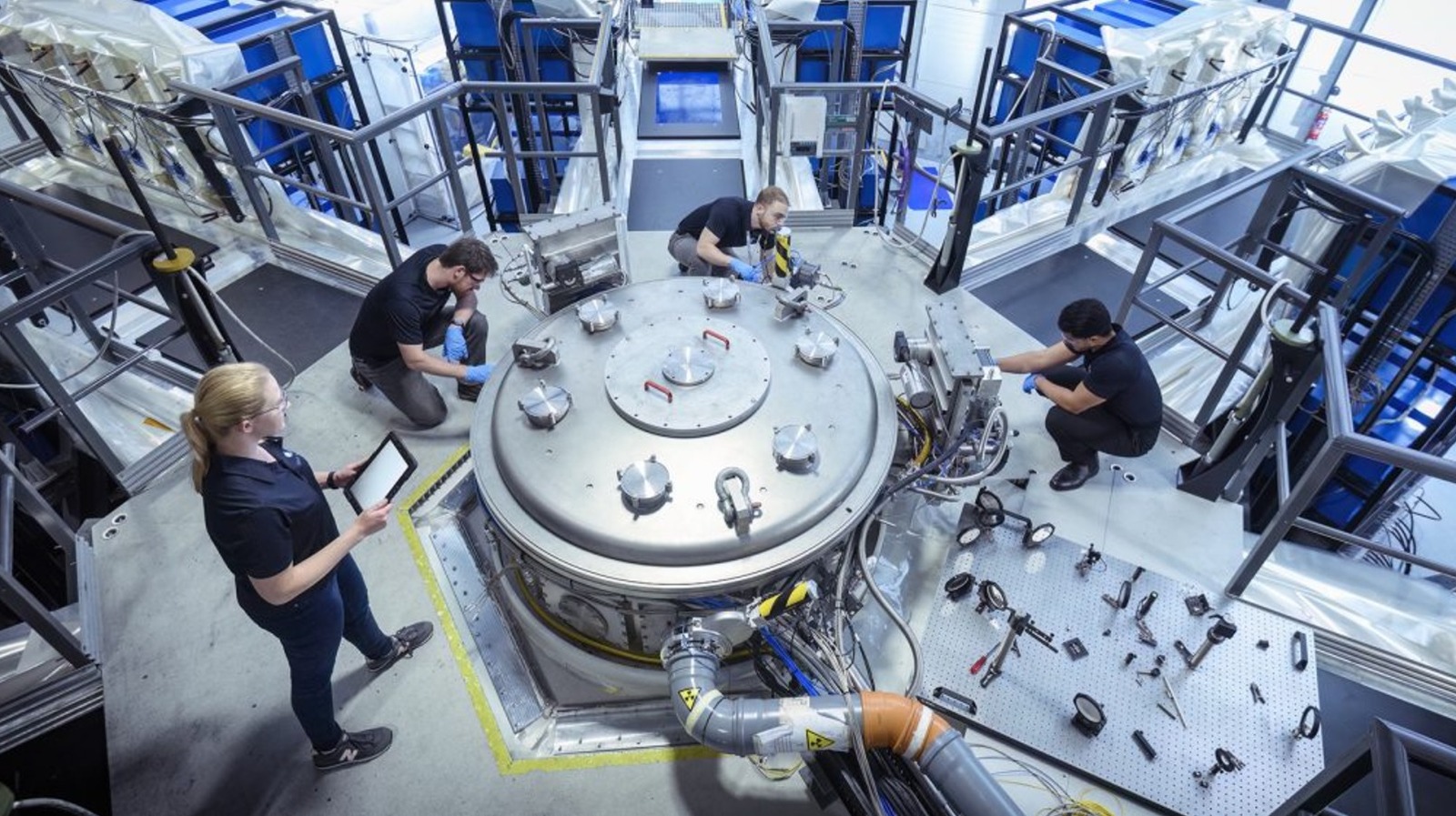The race to develop a fully operational “fault-tolerant” quantum computer is intensifying, with companies and government laboratories worldwide striving to be the first to achieve this complex technology. A practical universal quantum computer capable of performing advanced algorithms requires the entanglement of millions of coherent qubits, which are highly sensitive to environmental disturbances. Current quantum devices are prone to errors caused by factors such as temperature variations and interference from electronic systems, making error correction a crucial challenge for the future of this emerging market.
One of the primary issues in quantum computing is that errors in qubits cannot be rectified simply by duplicating them, as is done in classical computing. Quantum mechanics prohibits the copying of qubit states while they remain entangled, rendering traditional error correction methods ineffective. To facilitate the execution of quantum circuits with millions of gates, researchers are exploring innovative strategies for quantum error correction (QEC).
Developing Fault-Tolerant Systems
The essence of QEC involves distributing information across multiple qubits so that errors in any single qubit have minimal impact. According to John Preskill, director of the Institute for Quantum Information and Matter at the California Institute of Technology, “the essential idea of quantum error correction is that if we want to protect a quantum system from damage, we should encode it in a very highly entangled state.”
Different error-correcting codes depend on the connectivity between qubits, which varies based on the physical platform employed. Speed is of the essence in error correction; as Michael Cuthbert, founding director of the UK’s National Quantum Computing Centre, notes, “the mechanisms for error correction need to be running at a speed that is commensurate with that of the gate operations.”
Present approaches often involve compensating for errors rather than correcting them outright. This includes using algorithms that discard unreliable results, a method known as “post-selection.” Additionally, enhancing the quality of qubits to make them less error-prone is a priority for researchers.
To safeguard the information stored in qubits, many unreliable physical qubits need to be combined. This allows for the creation of fewer “logical” qubits that are more resistant to noise. Maria Maragkou, commercial vice-president of quantum software firm Riverlane, emphasizes that achieving full QEC will significantly influence how quantum machines are designed, from hardware to software workflows.
Future Prospects and Market Development
The quest for genuinely fault-tolerant qubits is essential to controlling errors during computations. Researchers have made notable strides, with Google announcing that its 105-qubit Willow quantum chip crossed a crucial threshold, where error rates diminish as more physical qubits contribute to creating a logical qubit. This milestone suggests that such systems can be scaled up without accumulating errors.
Jay Gambetta, director of research at IBM, asserts that to unlock transformative quantum calculations, systems need to exceed the demonstration of a few logical qubits. He anticipates achieving arrays of at least 100 logical qubits capable of executing over 100 million quantum operations by 2029. His optimism is echoed by Jerry Chow, a former manager at IBM, who believes a clear blueprint for building a fault-tolerant machine exists.
Some industry leaders, including Steve Brierly, CEO of Riverlane, predict that the first error-corrected quantum computer, featuring approximately 10,000 physical qubits, could emerge by 2027. This computer would support 100 logical qubits and potentially perform a million quantum operations.
As the field of quantum computing progresses, the development of quantum algorithms that leverage the unique properties of quantum mechanics, such as superposition and entanglement, remains a challenge. Richard Murray from photonic quantum-computing company Orca highlights that creating software that operates independently of hardware specifics is a long-term goal.
The commercial landscape for quantum computing is still evolving, with many applications anticipated once error correction becomes a reality. For instance, the combination of quantum computing with classical methods could significantly enhance fields like quantum chemistry and materials science.
In a recent collaboration, IBM and Japan’s RIKEN research laboratory introduced the IBM Quantum System Two, connecting IBM’s 156-qubit Heron system with RIKEN’s Fugaku supercomputer. This partnership aims to explore quantum-centric supercomputing, highlighting the potential for hybrid approaches that integrate quantum resources with traditional computing.
With quantum computing poised to revolutionize various industries, experts agree that significant investment and development are necessary to navigate the transition from experimental systems to commercially viable machines. As Montanaro notes, government support will play a critical role in fostering growth in sectors where private investment may not suffice.
Looking ahead, while the quantum computing market is still maturing, the prospects for commercial applications appear promising. The successful integration of quantum capabilities into everyday computing processes will ultimately signify the technology’s success, making it an invisible yet essential part of problem-solving in various fields.







